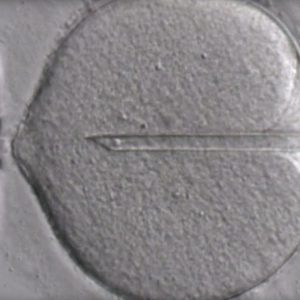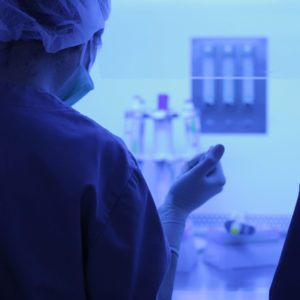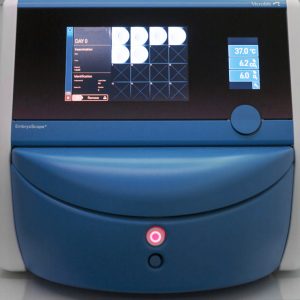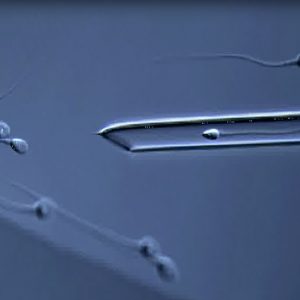In Vitro Fertilisation is one of the most performed and well-known Assisted Reproduction treatments, and it is also the one with the best success rates.
In this article, the experts in Assisted Reproduction at IVFforYOU will explain the process that must be carried out to perform IVF, when it is recommended, how much it costs in Spain and what the Spanish legal specifications are for carrying it out.
When is In Vitro Fertilisation recommended?
There are several scenarios in which IVF is recommended, either with a partner or alone.
In the case of having a partner, the most common situation is when one of them has difficulties in obtaining a pregnancy naturally, which may be the result of infertility, endometriosis, low ovarian reserve, tubal obstruction, problems with the male partner’s sperm, among others. IVF is also recommended for heterosexual couples, women who wish to become pregnant on their own and lesbian couples who have undergone unsuccessful Artificial Insemination. In these last two cases or if there is a male factor of infertility, donor sperm will have to be used. In the case of female factor infertility, IVF can be carried out with donor eggs (egg donation).
Although the success rate of IVF is one of the highest in comparison to other Assisted Reproduction treatments, at IVFforYOU it reaches 72.1% per IVF cycle with own eggs.
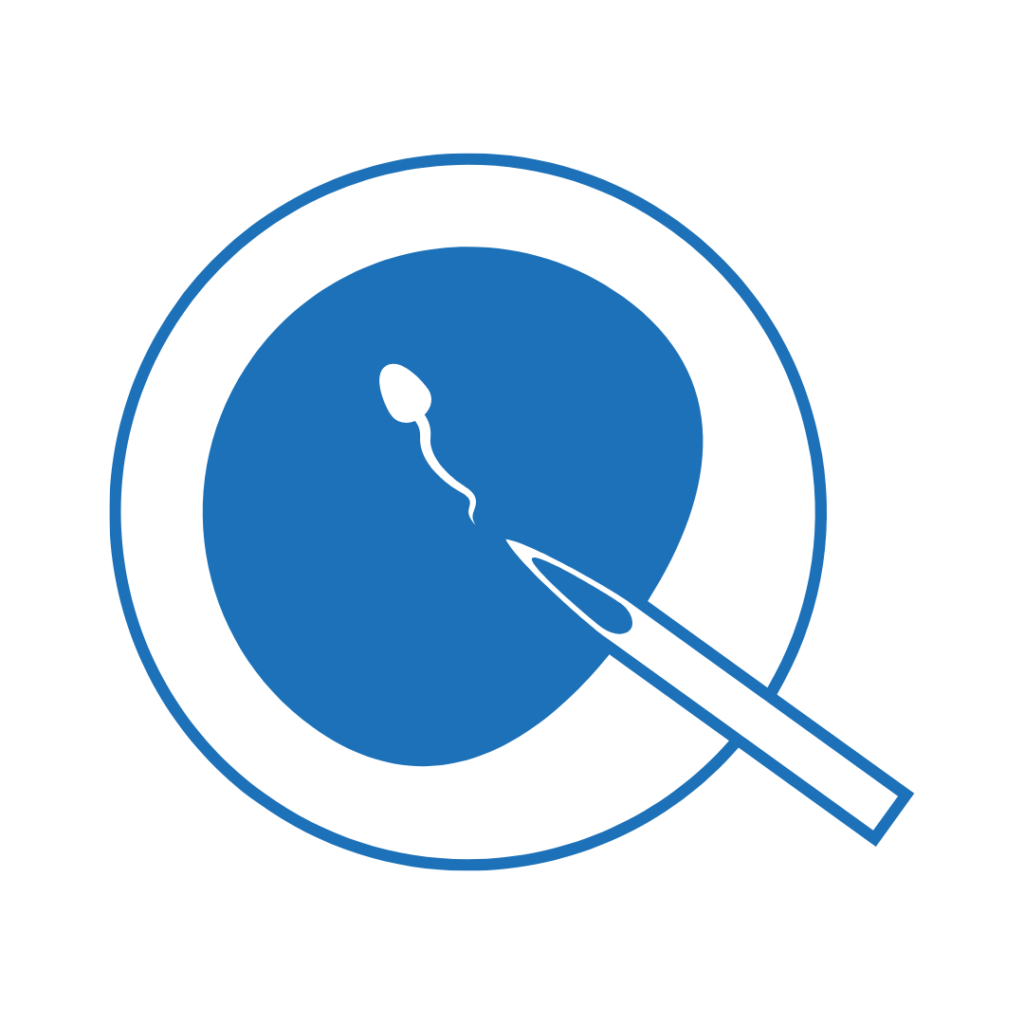
How is In Vitro Fertilisation performed?
In Vitro Fertilisation consists of joining the patient’s eggs with the sperm of the partner or a donor in a laboratory.
Fertilisation in a laboratory makes it possible to obtain more embryos of good quality and to select the one with the best morphology, among other selection criteria, to be transferred. This is achieved mainly through ovarian stimulation, which aims to obtain the maximum number of mature ovarian follicles. In this way, the more eggs obtained, the more selection alternatives will be available.
Once fertilisation has been carried out, the highest quality embryo is transferred to the mother’s uterus.
Your first Assisted Reproduction visit free of charge
The In Vitro Fertilisation process step by step
At the first medical visit, the specialists will evaluate you and your partner (if you have one) and request different tests, as appropriate. From there, a treatment plan is established, coordinating various points such as, for example, your menstrual cycle, the need to use donor sperm (if required), and so on.
At this stage it is very common to undergo all kinds of medical tests, such as genetic tests, infectious disease analysis, semen assessments (if the sperm of the partner will be used for the cycle), etc.
The goal is to encourage as much follicle growth as possible, but at the same time avoid hyperstimulation. To do this, the specialists will prescribe medication to promote multi-follicular growth.
Depending on your state of health and the reason you are undergoing IVF, the protocol for ovarian stimulation will be determined. Generally, the stimulation is carried out through injections and does not cause any side effects in the patient, beyond the typical abdominal discomfort due to the growth of the ovaries, such as slight swelling and heaviness in the lower abdomen. In exceptional cases, as mentioned above, there may be an excessive response to the treatment (ovarian hyperstimulation). However, as you are under permanent medical supervision, our professionals will detect and treat any signs of risk, no matter how slight.
At IVFforYOU we provide complete support during this stage, as monitoring the evolution of the cycle is essential.
The ovarian puncture, also known as egg collection or retrieval, is when the follicles are punctured to obtain the eggs to be fertilised.
For this, the patient must be admitted to the operating theatre on an outpatient basis so that the specialists can extract and analyse the oocytes, which will then be classified according to their degree of maturation.
At the same time, while the oocytes are being extracted and analysed, the semen sample provided by the male partner is received in the laboratory, or the donor’s sperm sample is thawed and prepared.
Once the eggs are retrieved and the sperm sample is received (from the partner or a donor), the union is performed in the laboratory.
During this phase, the embryos will be cultured in an incubator where they will be monitored daily and will remain in conditions that simulate those of the human body. The goal of this is that later, when they are transferred, they react well to change and are affected as little as possible by the variation in the environment.
The selection of the best quality embryos that have developed optimally will lead to the next phase.
Once the embryo selection process has been completed by the team of embryologists, the transfer of one embryo, or at most two embryos, is carried out. In Spain, the law currently allows up to three embryos to be transferred, however, this is not recommended as there is a high possibility of multiple pregnancies. At IVFforYOU, we transfer a single embryo in 90% of cases, without this affecting our success rates, which are still very high.
The period between the end of an Assisted Reproduction treatment and the time when the patient can take a pregnancy test is called two-week-waiting.
In the case of IVF, this period is 12 to 15 days and is counted from the day the embryo transfer was performed.
Information of interest on IVF as established by the law on Assisted Human Reproduction in Spain
The law on Assisted Human Reproduction in Spain establishes a series of personal and process conditions for In Vitro Fertilisation that must be fulfilled by patients and reproduction centres.
On the one hand, and in order to determine whether or not a treatment can be carried out, it is established that a technique can only be performed if there is a reasonable chance of obtaining a pregnancy and if the patient is in a suitable physical and mental condition. This is why the first medical examination is so important, as it will determine whether IVF is viable or not, depending on each case.
On the other hand, and in relation to surplus embryos that have not been transferred, Spanish law mentions that they can be conserved by a bank authorised for this purpose. Subsequently, they can be used by the patients themselves, donated to the bank or used for research. There is also the possibility of requesting their destruction, but to do so, a series of requirements must be met.
How much does IVF cost in Spain?
The prices of these treatments may vary depending on the Assisted Reproduction centres you go to. However, the overall price is between €2,500 and €5,000, varying in some cases, depending on the recommendations of the medical team and the tests you have to undergo.
The price may also vary if a sperm bank is required to carry out the fertilisation.
At IVFforYOU the price of in vitro fertilisation is €2,600 and includes:
– Ovarian puncture
– Outpatient hospitalisation
– Andrology and IVF laboratories
– Embryo culture and analysis
– Embryo transfer
– Pregnancy test
Frequently Asked Questions about In Vitro Fertilisation
In order to know when the pregnancy test is reliable, you must know on which day the embryo was transferred and subtract 14 days. If you have transferred a blastocyst embryo, the pregnancy test is usually done 10 days after the transfer. However, if you do not know exactly, you can wait 15 days after the date on which fertilisation took place.
Currently, the Spanish public health system covers some Assisted Reproduction treatments, however, not all techniques are covered. In the case of In Vitro Fertilisation, the social security covers up to 3 cycles.
The number of attempts that can be made is not legally limited, but several Assisted Reproduction studies recommend a maximum of three IVF attempts. After three unsuccessful cycles, the case should be analysed in more depth and identify what might be going wrong before repeating a cycle or moving on to another technique.
Due to ovarian stimulation and preparation of the womb lining, the patient receives high doses of hormonal medication which, in some cases, can cause abdominal pain, headaches, mood swings. In other cases, ovarian hyperstimulation, multiple or ectopic pregnancy may also occur. For this reason, regular monitoring by the medical team is essential, who will detect and treat any signs of risk, no matter how slight.
If we obtain many eggs after stimulation, the chances of success will be greater. However, what is really important is that the eggs obtained are of good quality. With this in mind, the ideal is to have from 6-8 eggs.
If you are looking for an Assisted Reproduction centre in Barcelona to carry out your In Vitro Fertilisation, we invite you to contact us, the first visit with our experts is free of charge!



